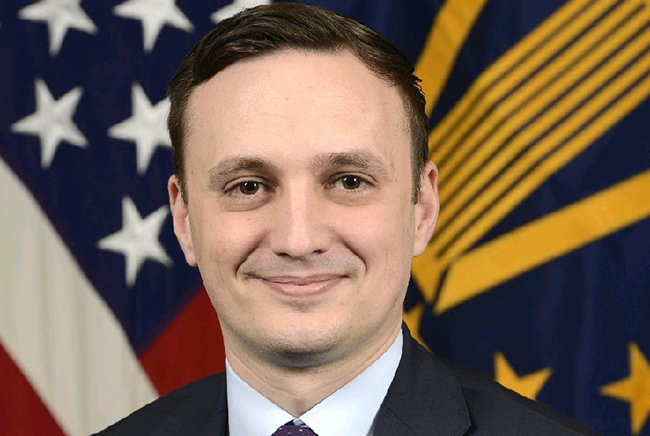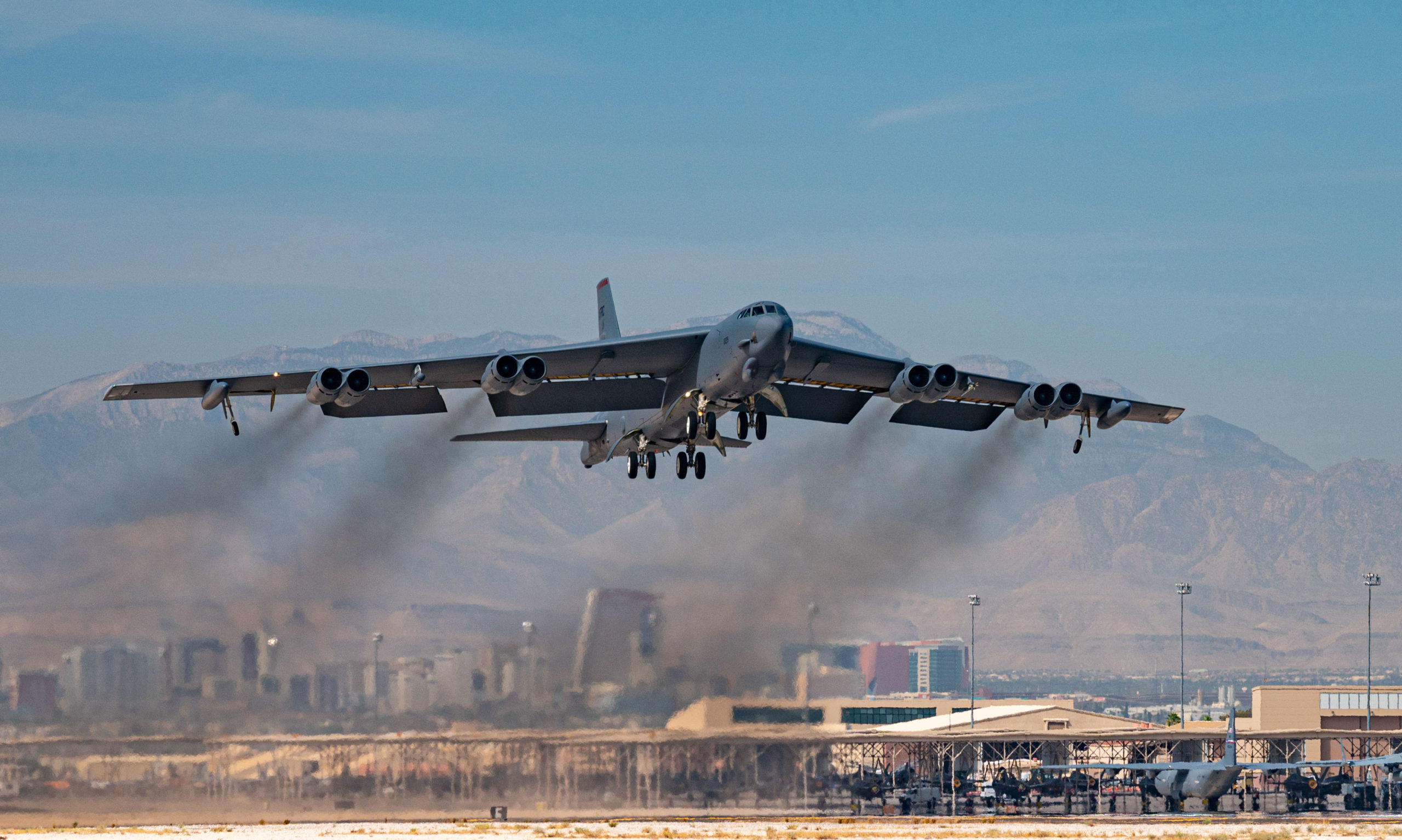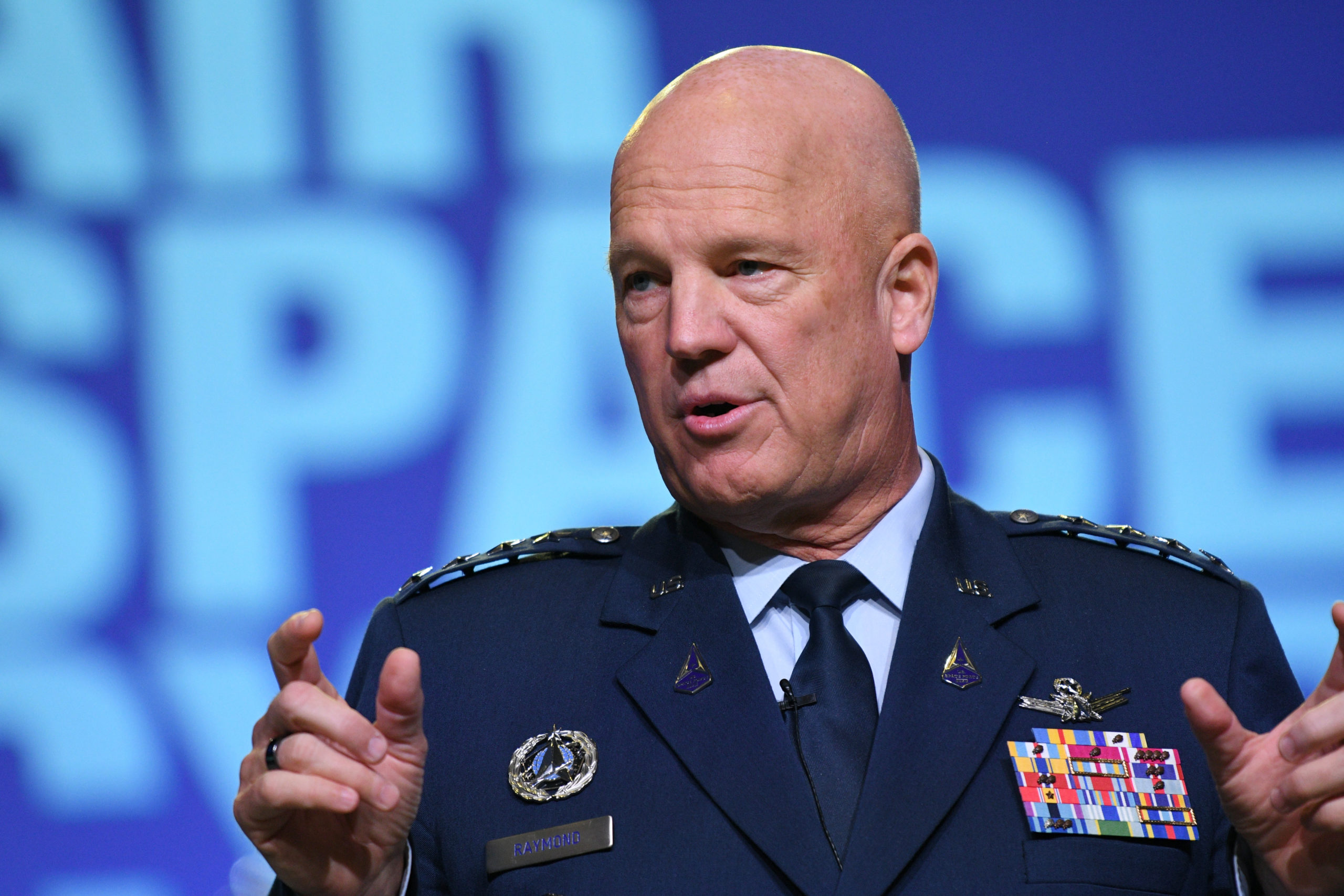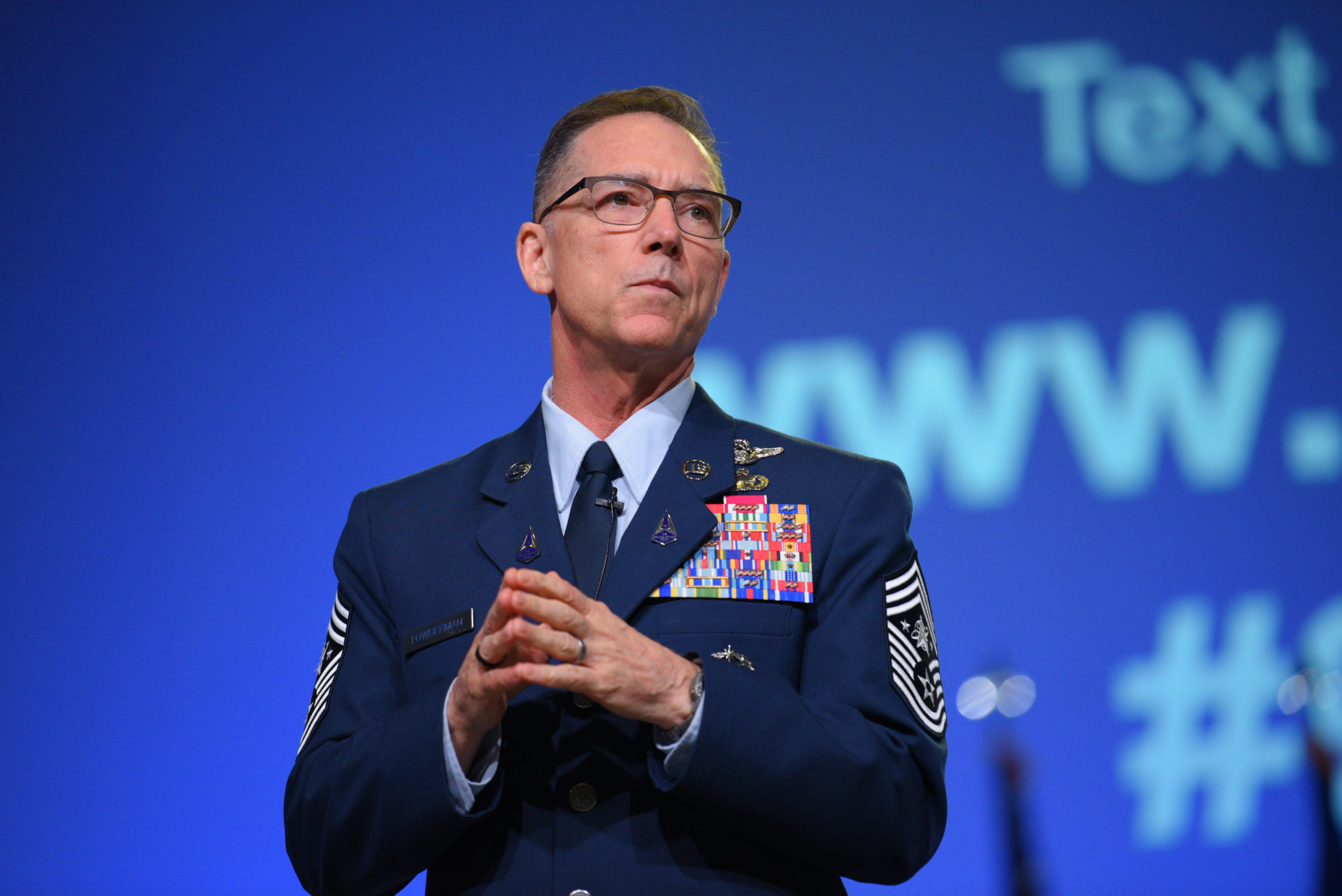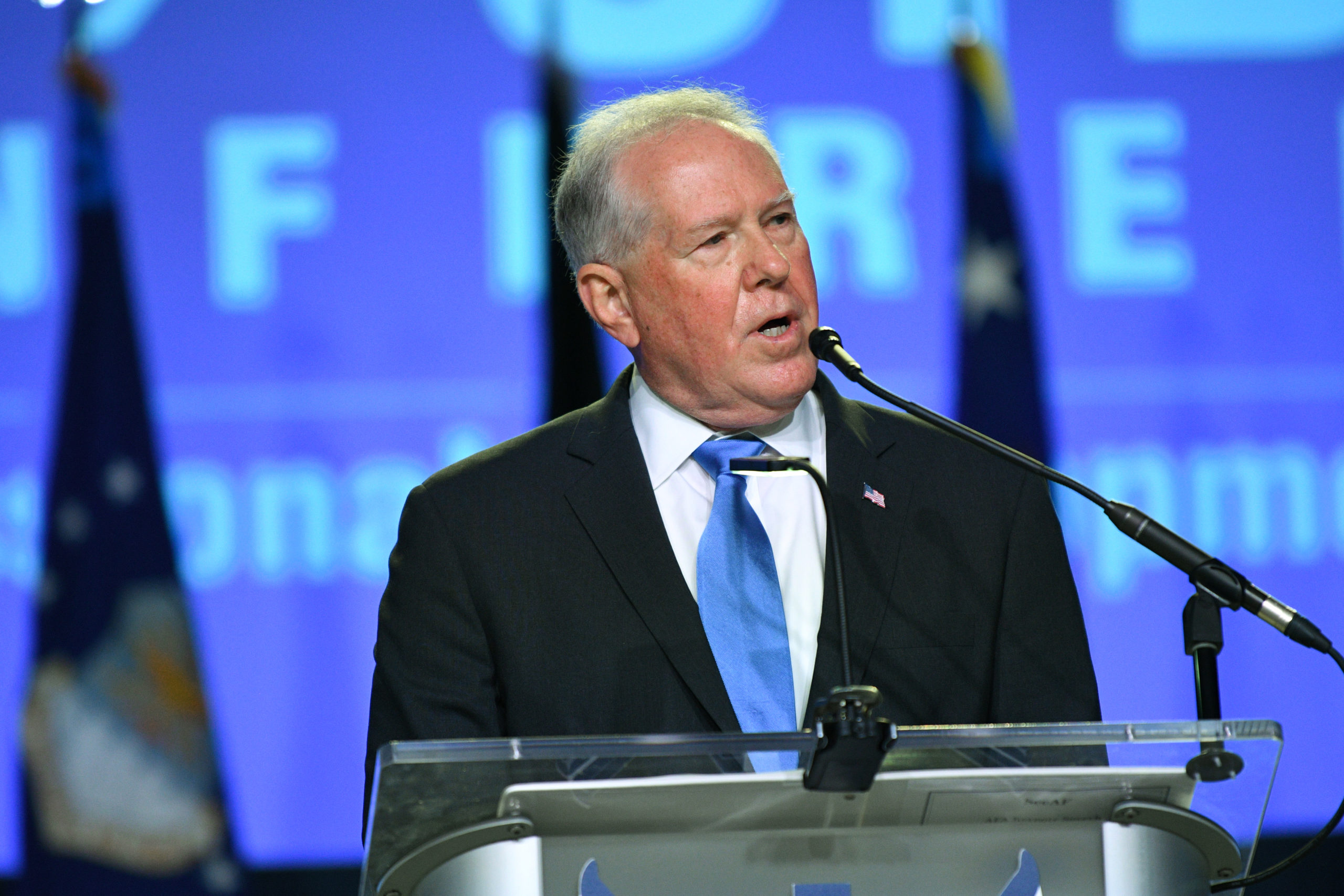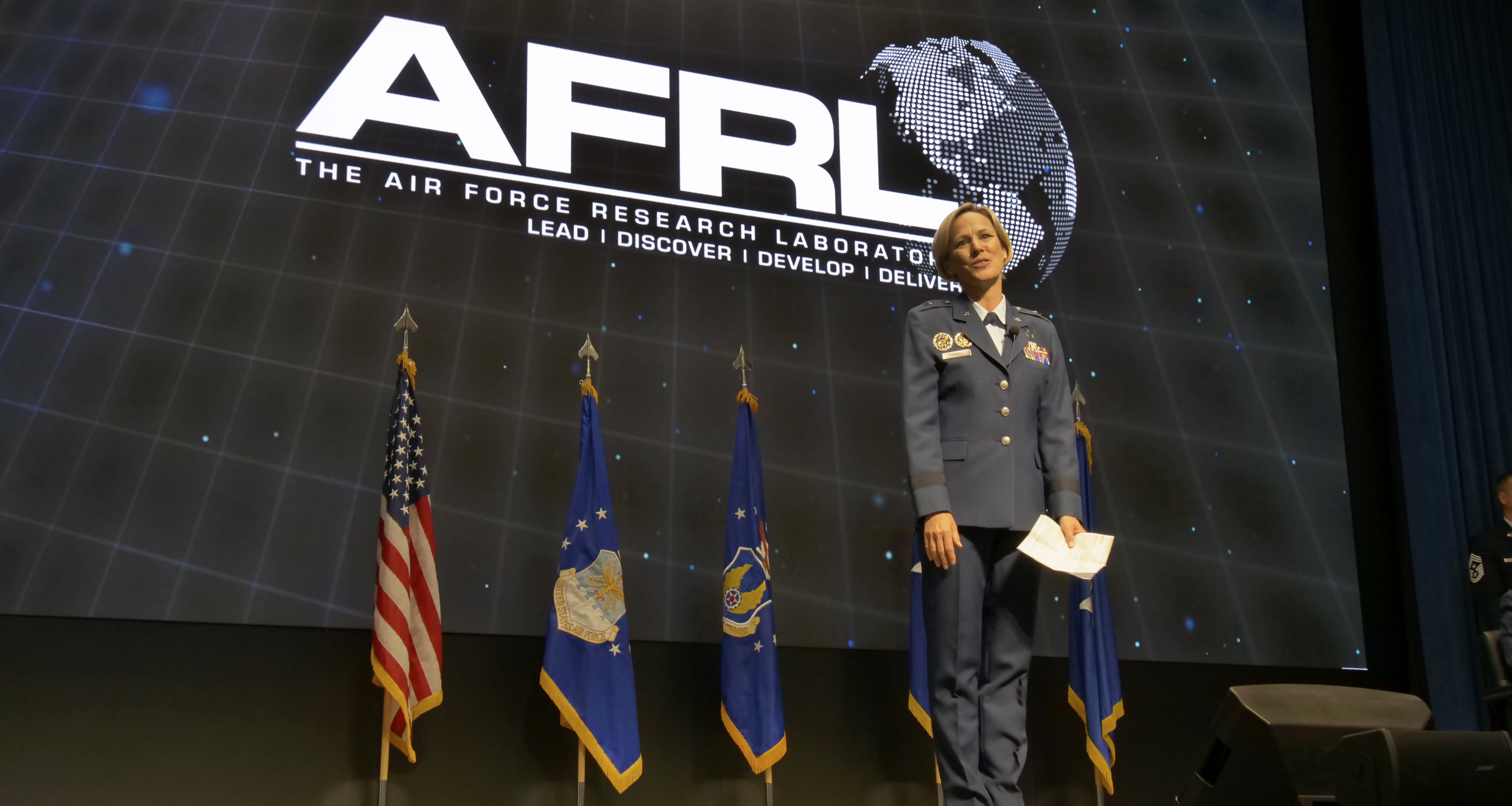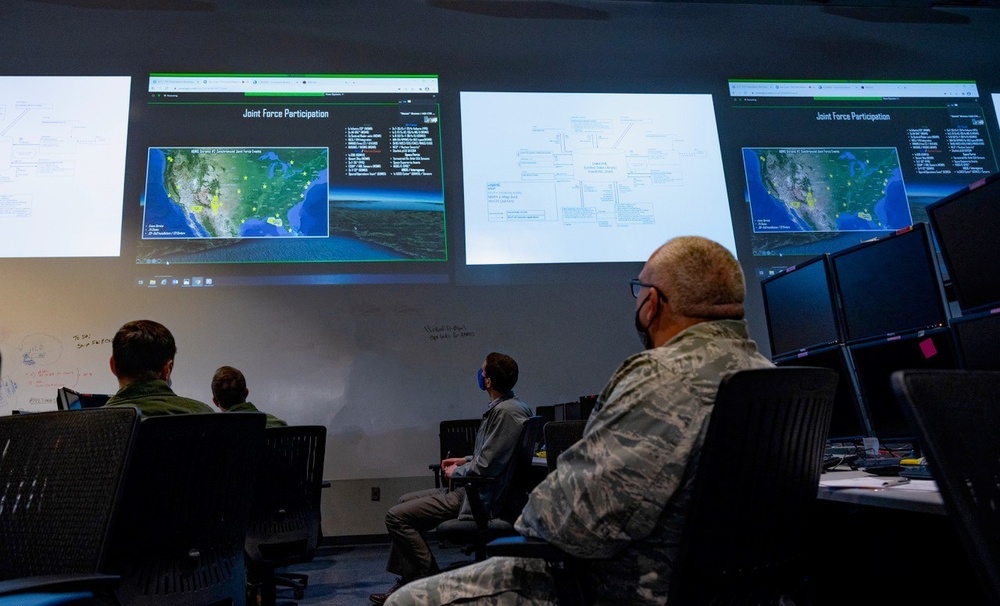Discussions within the Space Force and between it and industry partners about new architectures for satellite constellations are sometimes hampered by the extraordinarily high levels of classification involved, a Lockheed Martin executive told AFA’s Air, Space, & Cyber Conference.
“So much of the discussion today is in the classified domain,” said Eric Brown, Lockheed Martin’s director for military space mission strategy. “And I’m not talking about [sensitive compartmented information] SCI, I’m talking about well beyond that.”
SCI is a sub-category of Top Secret classified information that’s restricted to people “read in” to the relevant compartment. Like the similarly designated Special Access Programs or SAP, access to SCI is limited to very small numbers of officials considered to have a “need to know.”
Information about the vulnerabilities of military satellites, such as to cyberattacks, is typically highly classified in this fashion, according to defense sources.
But that secrecy “makes it really difficult to have the kinds of engagements [with vendors] that are required in order to select future force designs and capabilities,” Brown said.
“Exchanges on future architectures are often driven to lower classification levels due to the limitations in having discussions between the Space Force and industry about some of the more critical but sensitive topics held at very high classification levels,” Brown clarified later via email, adding that this “keeps important conversations from happening.
“Government and industry need to engage at the right level [of classification]—enough to make sure the right discussions can happen.”
As an example, he mentioned the ongoing reviews by the new Space Warfighting Analysis Center (SWAC) that were considering alternative architectural approaches in various space mission areas. Companies had a lot to offer, he argued.
“There’s a lot of insights the industry would have into the performance of various spacecraft and payloads, what’s the capability of the ground [segment] based on different architectural considerations, and bringing their technical creativity to bear,” he said.
But the extremely highly classified nature of so much information, especially about U.S. offensive capabilities in space (often referred to as “space control” capabilities) and the vulnerabilities of its satellite assets, made that conversation difficult and incomplete, explained Brown.
The conversation would proceed very differently, depending on the information available, he pointed out.
“Think about two versions of the same mission: One where from a resilience standpoint you can’t protect your assets on orbit; and the other one, where you’re bringing to bear all the capabilities the United States has that you don’t have the luxury of discussing in an open forum,” he said.
“These would take you to two different force designs,” Brown explained in his email. “These force designs are classified at lower levels than the mission capabilities, so it makes it tough to architect the right system.”
At a panel the following day, Randall Waldon, director of the Air Force Rapid Capabilities Office, defended the use of appropriate classification. “There’s a myth … that we are overclassified. And I’ll tell you, there may be some truth to that. But … it’s a balance between how transparent you want to be publicly, and to [congressional overseers on] the Hill—and by the way we give the Hill a lot of classified briefs—and what you actually want to keep away from your adversaries” who are trying to steal the nation’s secrets to erode its technological edge.
Allies also have argued that the de-classification of space could help improve international collaboration in space. Speaking at the Space Symposium last month, British Air Chief Marshal Sir Mike Wigston said, “We would all recognize that there are some aspects of what goes on in space that have probably been too highly classified for too long, and there is a need to share that information.” Wigston specifically cited the need to declassify parts of space domain awareness.
Space Force Chief of Space Operations Gen. John W. “Jay” Raymond, speaking during an April 2020 Mitchell Institute for Aerospace Studies virtual event acknowledged that space is “overly classified,” hinting that a new DOD policy to ease the high levels of classification was in the works.
“To do that deterrence, you have to change the calculus of your opponent. And to do that, you have to be able to talk, and you have to be able to message,” Raymond said at the time.

